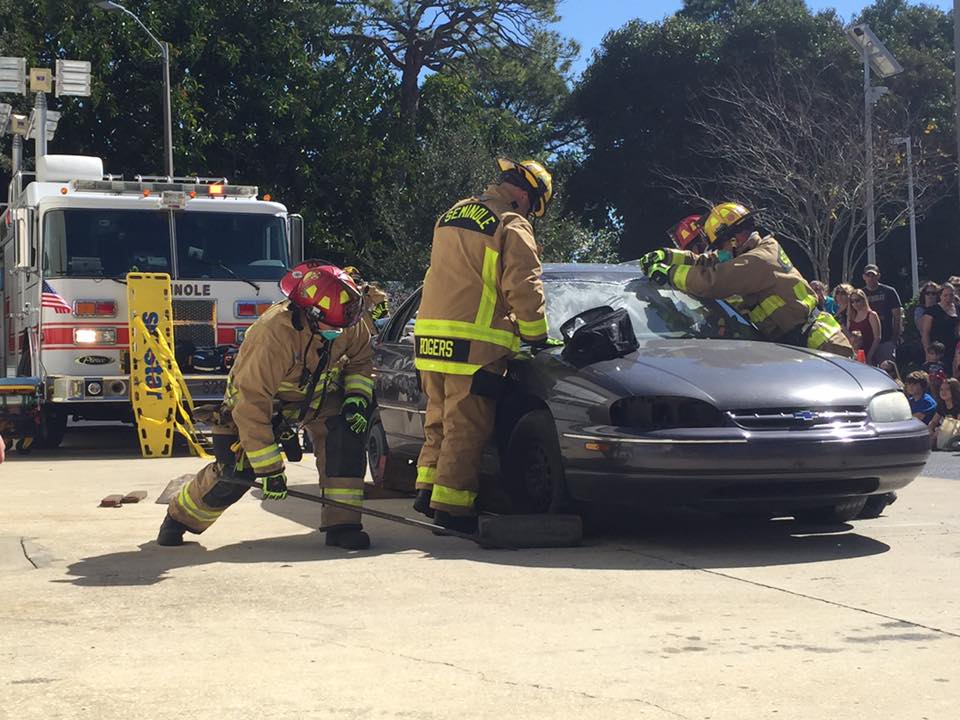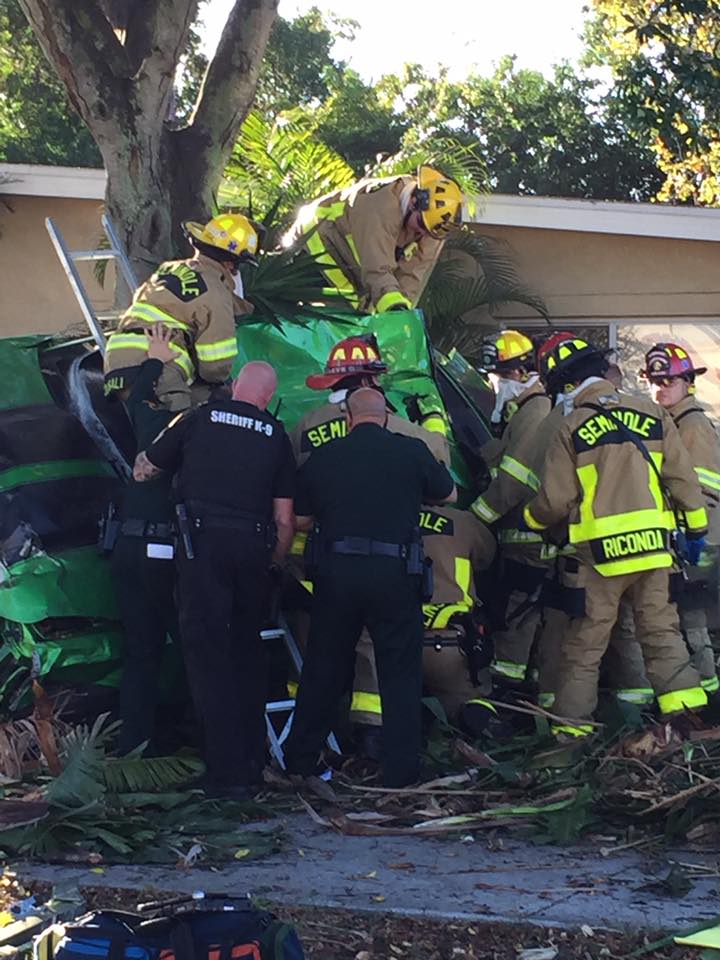Emergency Medical Services


The City of Seminole Fire Rescue contracts with Pinellas County to provide Advanced Life Support (ALS) First Responder service to the residents of the Seminole Fire/ EMS District. The EMS system is designed so that an ALS First Responder, usually fire department vehicles, arrive first on the scene and stabilize the patient or start EMS procedures, and then Sunstar, a private ambulance provider, will transport the patient to a hospital. This system allows the First Responder unit to go back in service and be available for the next medical emergency. There are very few systems in the United States that can compare with the exceptional level of emergency medical care provided to the residents of Pinellas County.
Frequently Asked EMS Questions
![]() When
I call for an ambulance, why does a fire engine show up?
When
I call for an ambulance, why does a fire engine show up?
The City of Seminole fire engines are strategically located throughout the community and staffed with fully trained and equipped Firefighters cross trained as Paramedics. They respond to treat and stabilize the patient prior to the arrival of the ambulance. In a true medical emergency, the difference between life and death can be a matter of seconds.
![]() What
does Advanced Life Support (ALS) mean?
What
does Advanced Life Support (ALS) mean?
The Term Advanced Life Support is used to describe advanced equipment and procedures such as cardiac monitoring (including 12 lead ECG's), cardiac pacing, intravenous access (starting IV's), endotracheal intubation (the placement of a breathing tube into the airway), chest decompressions, and the delivery of life saving medications.
![]() What
is the difference between an Emergency Medical Technician (EMT) and a
Paramedic?
What
is the difference between an Emergency Medical Technician (EMT) and a
Paramedic?
An EMT is trained in basic life support skills (BLS), such as assessment, triage and treatment of medical and trauma patients, Cardio Pulmonary Resuscitation (CPR), the use of Automatic External Defibrillator's (AED's), and the delivery of oxygen.
A Paramedic is trained beyond the BLS level to include advanced skills, such as cardiac rhythm interpretation, the application of an external cardiac pacemaker, endotracheal intubation (the placement of a breathing tube), Intravenous (IV) and Intraosseous therapy, and the ability to administer various cardiac, respiratory and pain medications.
Link to Sunstar Paramedics: https://www.sunstarems.com/












